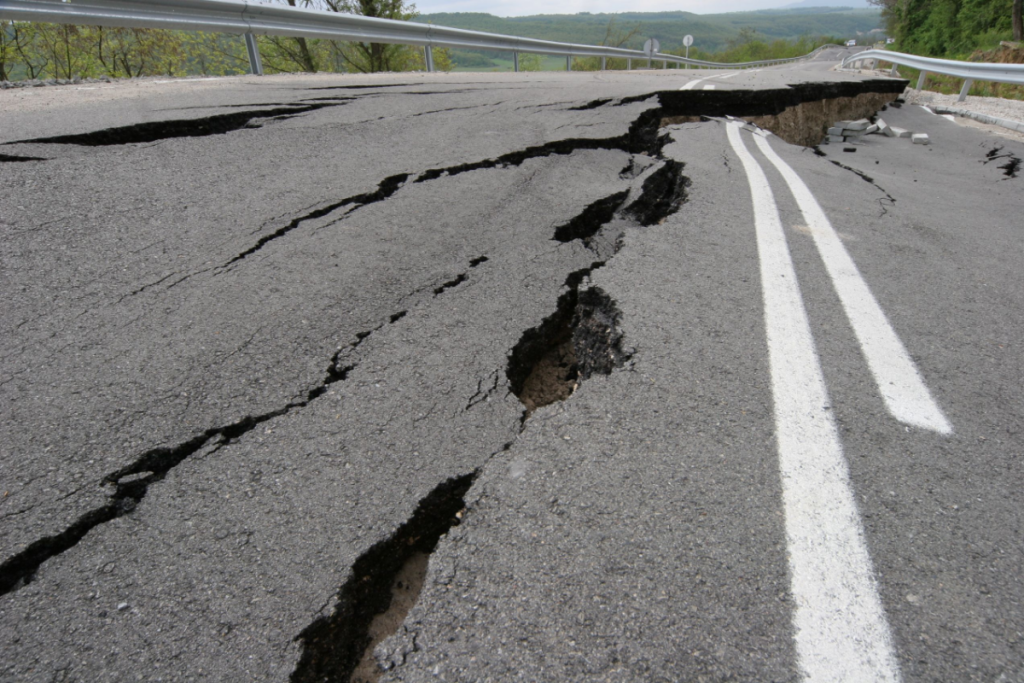Tsunami Warning Issued and Later Lifted
A massive 7.6-magnitude earthquake struck the southern Philippines on Friday morning, shaking the island of Mindanao and triggering widespread panic. The Philippine Institute of Volcanology and Seismology (Phivolcs) initially issued a tsunami warning for coastal areas within 300 kilometers of the epicenter, warning of potentially hazardous waves. Hours later, the Pacific Tsunami Warning Center confirmed that the threat had passed.
The quake hit off the coast of Manay in the Davao Oriental province at a shallow depth of 10 kilometers, according to Phivolcs. The tremor caused widespread alarm, sending people rushing out of schools, homes, and offices. Videos on social media showed buildings shaking violently, motorcycles toppling over, and radio broadcasters abandoning their desks mid-broadcast.
Casualties and Structural Damage Reported
At least one person died after being struck by falling debris, according to Bernardo Rafaelito Alejandro IV, deputy administrator of the Office of Civil Defense. Authorities warned that more damage and aftershocks were expected in the coming hours.
Governor Edwin Jubahib of Davao Oriental described scenes of panic and confirmed that several buildings were damaged. “It was very strong,” he told local broadcaster DZMM. Structural cracks were reported on the Magsaysay Bridge in Butuan City, while several schools suspended classes as a precaution.
President Ferdinand Marcos Jr. said emergency response teams were being deployed to assess the full extent of the damage and to carry out search and rescue operations. “We are working round the clock to ensure that help reaches everyone who needs it,” he said.
Widespread Power Disruptions and Local Reactions
Energy Secretary Sharon Garin reported that four electric companies in Mindanao experienced service interruptions. It remains unclear whether the outages were caused directly by the quake or enacted as safety measures.
Teachers and residents described terrifying moments as the ground shook. Christine Sierte, a teacher in Compostela near Manay, told Agence France-Presse that the shaking lasted unusually long. “It was very slow at first then it got stronger. That’s the longest time of my life,” she said, adding that ceiling panels fell and some students suffered panic attacks.
In Davao City, journalist Kath Cortez said the ground-floor walls of her family home cracked during the quake. “I was surprised by the strength,” she said. “We all ran outside immediately.”
Context and Ongoing Risks
The powerful tremor came just ten days after a deadly 6.9-magnitude earthquake in Cebu province that killed 71 people. Aftershocks from that quake are still being felt. Neighboring Indonesia also issued a temporary tsunami warning for its North Sulawesi and Papua regions following Friday’s quake.
The Philippines lies along the Pacific “Ring of Fire,” a region prone to frequent seismic and volcanic activity. The country experiences more than 800 earthquakes annually. The European-Mediterranean Seismological Centre measured the quake at a magnitude of 7.4 and a depth of 58 kilometers.
Authorities continue to monitor the situation as aftershocks ripple through the region and residents brace for potential secondary hazards such as landslides and infrastructure collapses.


